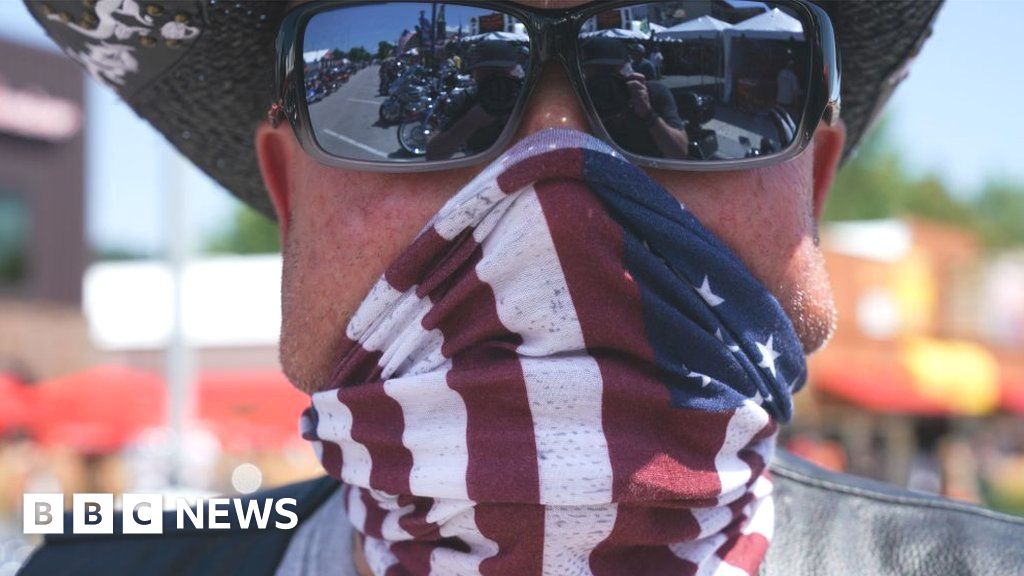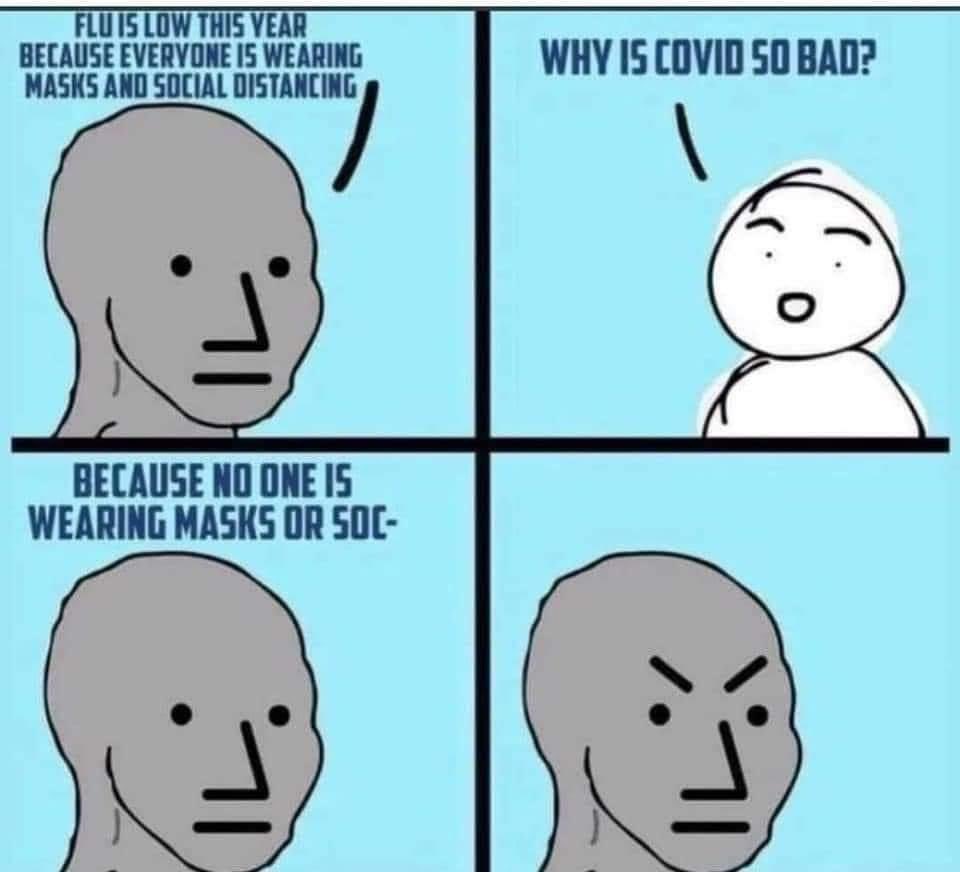I actually think wearing masks have made things worse, and our current MUCH worse 2nd wave would prove that.
"...some communities in South Dakota have chosen a different path. The city of Brookings - fourth largest in the state - was the first to impose rules on masks inside businesses in September, along with other measures.
...Brookings County now has the lowest infection rate out of the five most populous South Dakota counties.
In September when the city of Brookings introduced tighter Covid restrictions, including mask-wearing measures, it had the highest.
Also, as infections rose across the state in October and November, the upturn in Brookings was lower than elsewhere.
We can't say that this was down to masks usage alone, but Bonny Specker, an epidemiologist at South Dakota State University, says along with measures such as limits on bars and restaurants, rules on face coverings have made a difference.
"South Dakota does not have a mask mandate and has one of the highest rates per capita of current hospitalisations and deaths in the country. When you compare Brookings County to other counties that have the 10 most populous cities, the data is consistent with the mask mandate being helpful."
...Governor Noem has pointed to other US states which have had mask mandates in place for some time but are still seeing cases rise.
Her spokesman, Ian Fury, has said: "Look at Minnesota, Wisconsin, and Illinois - states that have had mask mandates for months but are still seeing rapidly increasing cases."
It's true that these states have experienced an increase, but none has seen as many cases per capita throughout the pandemic as South Dakota, nor such a dramatic peak in November.
After introducing mask mandates along with other Covid restrictions, Minnesota, Illinois and Wisconsin kept cases relatively low, but they have seen a spike as infections have risen across the US since the summer.
All three states have implemented tighter restrictions throughout the pandemic than South Dakota alongside mask mandates, and their recent surges have been later and less severe.
Since the start of the outbreak, South Dakota has had more than 9,700 total cases per 100,000 people, compared with around 7,600 in Wisconsin, and 6,300 in Illinois and Minnesota.
"Studies out of the US suggest requiring masks in public can help to reduce infection rates.
A study by the US Centers for Disease Control (CDC) released in late November looked at infection rates in Kansas from June to August.
In the summer, the state's governor introduced compulsory mask-wearing in public spaces but allowed local counties to opt out, and most chose to.
The study found that cases decreased in parts of Kansas which had brought in rules on wearing a mask, but cases continued to rise in those that chose not to.
It said these findings were "consistent with declines in Covid-19 cases observed in 15 states and the District of Columbia, which mandated masks, compared with states that did not have mask mandates."
Assistant professor Kate Grabowski, who reviews research papers at Johns Hopkins University, says: "All of the studies we have reviewed show that mask mandates are effective."
Compulsory mask-wearing has been highly controversial in the US.

www.bbc.com

 academic.oup.com
academic.oup.com















